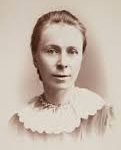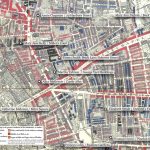Calkin, Siobhain Bly. “Marking religion on the body: Saracens, categorization, and The King of Tars.” The Journal of English and Germanic Philology 104.2 (2005): 219+. World History in Context. Web. 3 Oct. 2016. http://prox.miracosta.edu/login?url=http://ic.galegroup.com/ic/whic/AcademicJournalsDetailsPage/AcademicJournalsDetailsWindow?disableHighlighting=false&displayGroupName=Journals&currPage=&scanId=&query=&prodId=WHIC&search_within_results=&p=WHIC%3AUHIC&mode=view&catId=&limiter=&display-query=&displayGroups=&contentModules=&action=e&sortBy=&documentId=GALE%7CA406902224&windowstate=normal&activityType=&failOverType=&commentary=&source=Bookmark&u=ocea63505&jsid=7f790684dd5c2cc4fec0c80472e6613a This article is a dissection of…
Clothing was used as not only a way to display ones’ membership to a certain group but it was also a way for Muslims and Jews to differentiate themselves from Christians. The idea of integration and miscegenation was such a…
Societies that are dominated by the importance of kinship, costume becomes one way to express and display that membership. Societies have long used costume to distinguish themselves from other tribes and the Ancient Egyptians are no exception. Each piece of…

Beatrice Webb was the third investigator in Charles Booth’s East End census project. She was his cousin by marriage, and is not typically associated with Life and Labour of the People in London because her interviews were never formally published…

Ever since their modern commercialization, the Ripper murders have been accused of promoting misogyny. Feminists have argued that the creation of the “Ripper industry” has “glamorized violence against women, fetishized the murder of prostitutes, and commercially exploited real-life murder victims”…
Women in many ways have always been thought to be a driving force in textiles, clothing and what would later become fashion. Even in the Paleolithic and Neolithic eras the changing of fibers to textiles, and textiles to clothing was…


Recent Comments